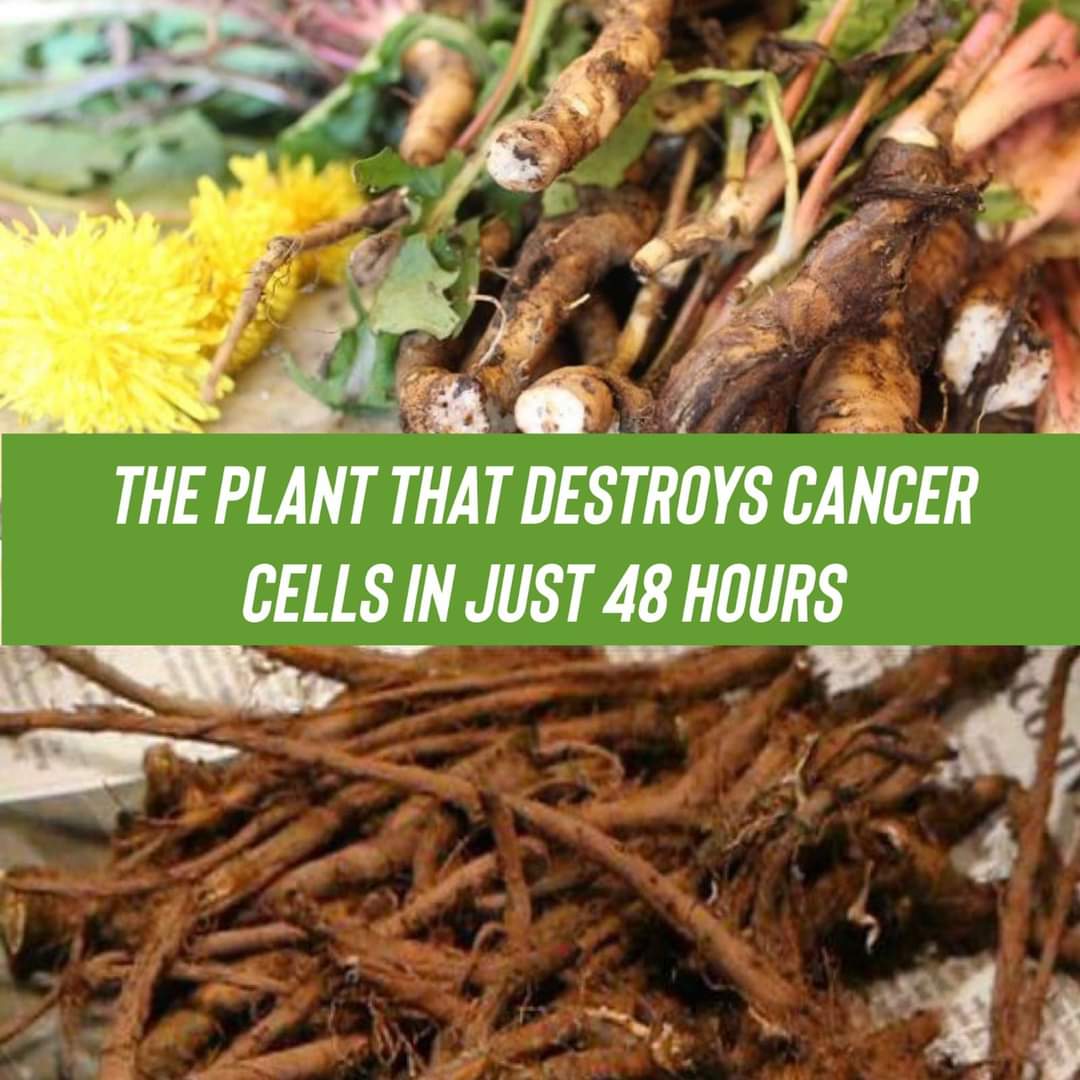The Plant That Eliminates Cancer Cells Within 48 Hours! Surpassing Chemotherapy’s Effectiveness by 100 Times
In the realm of cancer treatment, hope often seems like a distant beacon. However, recent scientific discoveries have illuminated a promising path forward—one that involves harnessing the power of nature. Among the most intriguing developments is the discovery of a remarkable plant with the potential to eliminate cancer cells within a mere 48 hours, surpassing the effectiveness of chemotherapy by an astounding 100 times.
Unveiling Nature’s Arsenal: The Miracle Plant
What is this miraculous plant?
The plant in question is Artemisia annua, commonly known as sweet wormwood or sweet annie. Originating from China, this herb has been used for centuries in traditional medicine to treat various ailments. However, it was not until recent years that its anticancer properties gained significant attention from the scientific community.
How does it work?
At the heart of Artemisia annua’s anticancer prowess lies a compound called artemisinin. This bioactive molecule has been shown to selectively target and kill cancer cells while sparing healthy cells—a critical advantage over traditional chemotherapy, which often causes collateral damage to healthy tissues.
The science behind the phenomenon
Research conducted at institutions around the world, including the University of Washington and the National Cancer Institute, has provided compelling evidence of artemisinin’s ability to induce apoptosis, or programmed cell death, in various types of cancer cells. Moreover, studies have demonstrated its efficacy against drug-resistant cancer cells, making it a potential game-changer in the fight against cancer.
Unleashing the Potential: Applications and Future Directions
Clinical trials and real-world applications
While the preliminary findings are promising, further research is needed to fully elucidate the therapeutic potential of Artemisia annua and artemisinin in cancer treatment. Clinical trials are underway to evaluate its safety, efficacy, and optimal dosing regimens in humans. In the meantime, some cancer patients are already incorporating Artemisia annua supplements into their treatment protocols, albeit under the guidance of healthcare professionals.
Combating resistance and enhancing efficacy
One of the most significant challenges in cancer treatment is the development of resistance to chemotherapy drugs. Artemisinin’s unique mechanism of action may offer a solution to this problem, as it targets cancer cells through a different pathway than conventional therapies. Additionally, researchers are exploring novel formulations and combination therapies to enhance artemisinin’s efficacy and mitigate the risk of resistance development.
Ethical and sustainability considerations
As interest in Artemisia annua grows, it is essential to address ethical and sustainability concerns associated with its cultivation and extraction. Sustainable farming practices, fair trade initiatives, and conservation efforts are paramount to ensure the long-term availability of this invaluable resource without compromising environmental integrity or social equity.
The Road Ahead: Challenges and Opportunities
Regulatory hurdles and mainstream acceptance
Despite the promising preclinical data, Artemisia annua and artemisinin face regulatory hurdles on the path to mainstream acceptance as cancer therapeutics. Regulatory agencies require robust clinical evidence to support their efficacy and safety claims—a process that can be lengthy and resource-intensive. Moreover, gaining acceptance from the medical community and the public at large may require concerted educational efforts to dispel misconceptions and foster trust in natural remedies.
Integration into comprehensive cancer care
In an era marked by personalized medicine and integrative approaches to healthcare, Artemisia annua and artemisinin have the potential to complement existing cancer treatments and fill unmet clinical needs. Integrating these natural compounds into comprehensive cancer care protocols may offer patients a multifaceted approach to combating the disease, addressing both its physical and emotional dimensions.
Conclusion: Embracing Nature’s Healing Bounty
The discovery of Artemisia annua’s ability to eliminate cancer cells within 48 hours represents a triumph of science and nature working in harmony. While the journey from laboratory bench to bedside may be fraught with challenges, the promise of a gentler, more effective approach to cancer treatment is too compelling to ignore. By embracing nature’s healing bounty and harnessing the power of plants like Artemisia annua, we may yet conquer cancer and usher in a new era of hope and healing for all.
References:
- Efferth T, et al. The antiviral activities of artemisinin and artesunate. Clin Infect Dis. 2008;47(6):804-11.
- Lai H, et al. Artemisinin and its derivatives in cancer therapy: status of progress, mechanism of action, and future perspectives. Cancer Chemother Pharmacol. 2009;64(3):367-81.
- Tu Y. Artemisinin—a gift from traditional Chinese medicine to the world (Nobel lecture). Angew Chem Int Ed Engl. 2016;55(35):10210-26.

